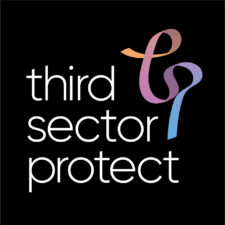
Managing A Charity Shop Selling Used Goods? Avoid These Mistakes
Managing a charity shop can be a daunting task, and one that should not be taken lightly, they are often a good method of raising awareness and funds, but not a simple one. As with any other small business you will face many distinct challenges. One such challenge is selling used goods, we explore in more detail below…
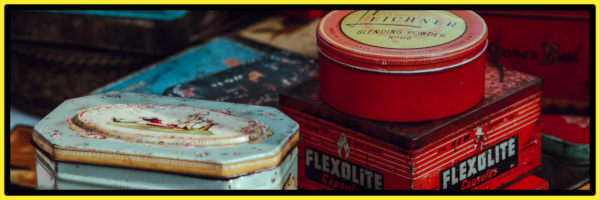
SELLING USED GOODS- Risk Management
Many charities collect second-hand items for resale and use charity shops or boot-sales to raise extra money for their cause. Whenever selling or re-selling goods, organisations must understand and follow the legal requirements and regulations to ensure they do so safely.
This includes understanding potential exposure and liability as well as the insurance implications of selling used goods. Here’s what you need to know if you’re running a charity shop.
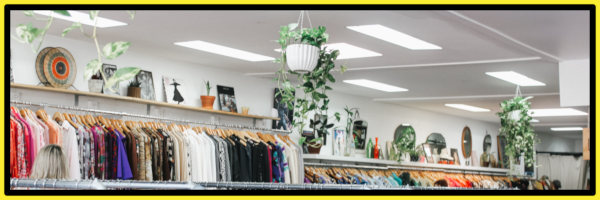
Managing a charity shop- What can you sell?
All items that are offered for sale must have been inspected and tested, and should be deemed safe for sale. This includes items such as clothing and ornaments; you cannot sell any item that is unsafe. You can sell most electrical items, however they must comply with the following:Up to date with current safety regulations.
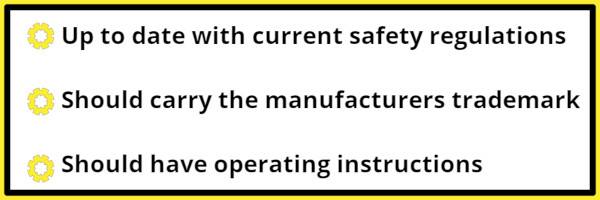
According to the Charity Retail Association, most charity shops sell clothing, books, toys, ornaments, kitchenware, DVDs, music, computer games and furnishings. With some also choosing to sell furniture and electrical appliances. A small number also sell bought-in goods.
Managing a charity shop- What can’t you sell?
Generally, any items with damage, cracks, missing plugs or leads or any other issues should be avoided. Especially if there is any risk that the damage could cause an injury.
In addition, because of the challenge involved in knowing the history, safety and condition of the items, you may consider not selling second-hand curtains, electric blankets, microwaves, fairy lights, cookers, furniture without legally-required labelling, any safety equipment or any items that may have been subject to a product recall notice.
Clothing
When managing a charity shop all clothing should be inspected to ensure it is clean and safe to be sold, bought and worn.
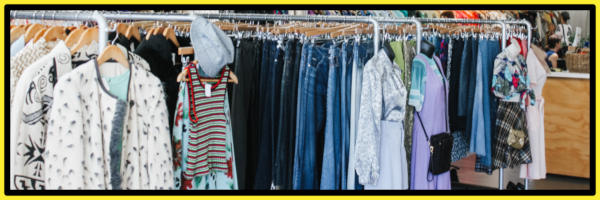
To prevent injury and strangulation, the General Product Safety Regulations 2005 prohibit the sale of an outer garment with a hood, where a hood cord is fitted. Furthermore the Nightwear (Safety) Regulations 1985 restrict the sale of certain items due to flammability.
Electrical Items
Any acceptable electrical appliance should be inspected and, if deemed necessary, inspected by a competent person; it is strongly recommended that electrical items are tested before resale.
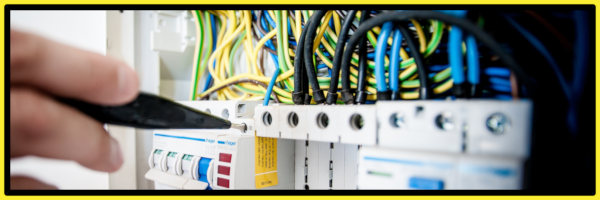
They should never be sold without inspection and testing. Once tested, they should be recorded and tagged to ensure compliance with these rules.
Furniture
The Furniture and Furnishings (Fire) (Safety) Regulations 1988 govern the sale and supply of new and second-hand furniture and applies to retailers, and charity shops. The regulations apply to any upholstered domestic furniture, including cushions and pillows.
You can only sell compliant furniture and you should be able to tell that furniture complies due to a permanent label attached to the item. The label is normally headed ‘carelessness causes fire’ and then details the constituent parts and their testing detail. If the label has been removed or re-attached, the item cannot be sold.
SELLING USED GOODS- Insurance
Any organisation selling goods ‘by way of business’, as would be the case for Charity Shops, will be liable under the Consumer Protection Act 1987, as well as other relevant laws such as the Sale of Goods Act 1979, and general consumer protection legislation such as the Trade Descriptions Act 1968. Two parts of the Consumer Protection Act that are relevant to Charity Shops are Part I: Products Liability and Part II: Consumer Safety.
Part I: Products Liability
Products Liability is Part I of the Consumer Protection Act and also the name given to a well-known insurance cover.
In terms of the Consumer Protection Act, Products Liability refers to liability for defective products.
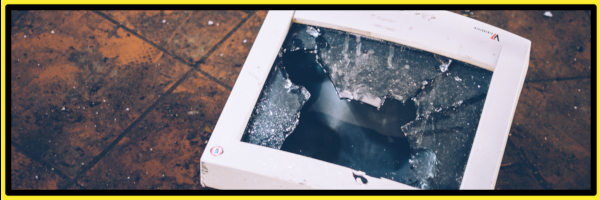
Products Liability insurance cover is designed to offer some protection against claims for damage caused by defective products or criminal proceedings bought against an organisation in relation to their supply of defective goods and their breach of the Consumer Protection Act.
Products Liability covers you for the cost of a claim for injury or damage caused by a product you either supply or produce and is often packaged with Public Liability.
Part II: Consumer Safety
Whilst Products Liability generally refers to manufactured products, which are less relevant to organisations selling used goods, Part II of the Consumer Protection Act relates to Consumer Safety.
This Part lays out the safety regulations that must be followed when selling both new and used goods.
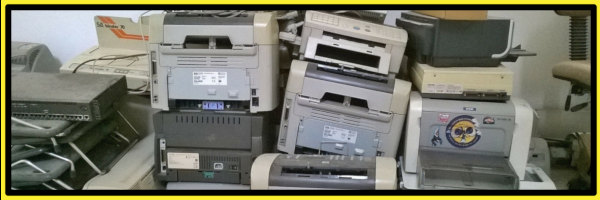
When running a charity shop your organisation may have some protection from a Products Liability policy when selling used-goods, you should check your policy to determine if there are any exclusions. You will likely have to demonstrate that you tried to adhere to the Consumer Protection Act in order to be covered.
If you do not adhere to the law, for example if you fail to test goods when you are required to, you may not be covered by your Products Liability insurance or any other cover.
Real World Examples
A competent Charity Shop unknowingly sells a defective product…
An organisation received a donated item that was inspected and checked (and tested if necessary) and was suitable for re-sale. However, at a later date an inherent manufacturing defect caused damage to the consumer.
Result: you may be covered by your Products Liability insurance. In this case, either your Products Liability insurer would pay the claim and then seek to subrogate to the manufacturers insurer or the manufacturer would take on the claim.
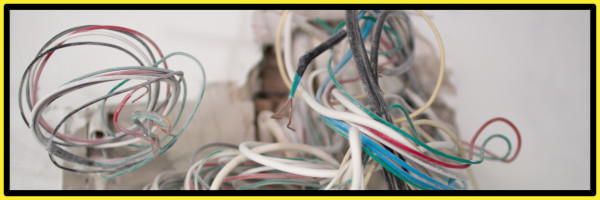
Without the appropriate tests having taken place a defective product is sold…
An organisation receives a donated electrical item. The item is not in good condition and was not tested to ensure it was suitable for sale. At a later date the item malfunctions due to worn wiring which was present at the time of sale – a fault that should have been picked up in testing – causing damage to the consumer.
Result: you may not be covered by your Products Liability insurance. In this case, if your policy dictates that you must follow electrical testing regulations or excluded non-tested items, then your may not be covered and would be liable.
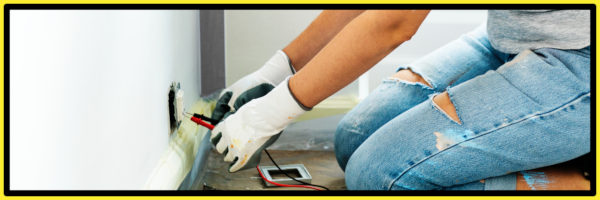
More Information
You can find out more from the Charity Commission’s guidance on how charities may lawfully trade. From the Charity Retail Association.
ThirdSectorProtect
If you work for or run a charity shop it’s worth ensuring your organisation has a valid insurance policy to cover you in case something goes wrong. Contact the team at ThirdSectorProtect: Call us on 0800 877 8277.
Still want more? Why not check out some of our past posts:
- Charity Fundraising: Risks and Regulations
- Top 5 Charity Fraud Scams posing a Threat in 2019
- Attracting Business Sponsorship as a Small Charity
For more tips and tricks on all things related to charities, not-for-profits and community groups, follow us on Facebook, Twitter & LinkedIn.
